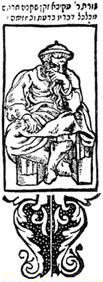Benjamin may have been the youngest of the twelve sons of Jacob according to the Bible but in the archaeological record his name – and tribe – is the first to appear. Or rather, the name, Banu Yamin, represents a coalition of about four or five tribes.* But Banu Yamin, sons of the right (hand), is their name in documents at Mari first appearing around the early second millennium, let’s say around 1600 BCE. That coincides with the time biblical chronology is thought by some to indicate the time of Abraham’s entry into Canaan. (One of those tribes was named Rāfē’, which may be compared with the fifth son of Benjamin, Rapha, in 1 Chronicles 8:2.)
Those who have dealt with the history of Israel so far may not have been pleased to learn that, in the 17th century BC, the youngest of Abraham’s great-grandchildren was circulating instead of Abraham himself. (p. 17 – translation)
 The sons of right refers to the people of the south, or southerners, because another Semitic tribe, one to the north, were the Banu Sam’al, the name meaning “left”. (Perspective is based on facing the rising sun.)
The sons of right refers to the people of the south, or southerners, because another Semitic tribe, one to the north, were the Banu Sam’al, the name meaning “left”. (Perspective is based on facing the rising sun.)
Now it is possible that “southerners” was a common term that could apply to any group of people at any time, and if so, then the Banu Yamin may have nothing more than the coincidence of the name in common with the biblical tribe of Benjamin. But there is more. To translate the comment by Giovanni Garbini:
The possibility of a homonymy between Banu Yamina and Benjamin cannot be completely excluded, but it appears unlikely for the reasons that will now be explained.
First of all, it should be said that the onomastic coincidence between the Mari semi-nomads and Semitic peoples documented at the beginning of the first millennium BC could also concern the “sons of the left”. In the 9th and 8th centuries BC, a city named Sam’al flourished in Cilicia, ruled by an Aramaic dynasty whose members sometimes bore Anatolian names (Kilamuwa Panamuwa, etc.). The singularity of the toponym suggests that the foundation of this Semitic city in a non-Semitic area is somehow linked to the banu sim’al. When we consider that the name of the Semitic people of Sam’al was Ya’ud . . . , a linguistic form identical to Yahud, it will be difficult to attribute to chance that a Ya’ud/Yahud ethnic group was closely related to both the “sons of the left” to the north and the “sons of the right” to the south. (Scrivere, 17)
Yahud, you will suspect, bears some relation to Judah and Jehud (the Jewish province in the Persian era), the name being formed from Yah/Yahweh.
Before continuing, let’s be clear where we are:
The vast steppe areas that close off the northern part of the Syrian desert, bordered to the east by the Euphrates and to the west by the Afrin, Orontes, and Jordan rivers, constituted the environment in which numerous tribes of semi-nomads lived, mainly devoted to animal husbandry and raids while continuously moving. The presence and the very existence of these peoples, who have never left any trace of themselves, are revealed by information transmitted by written texts within sedentary cultures possessing writing, namely Mesopotamia and Egypt. . . .
In the 3rd millennium and the first half of the 2nd millennium BC, all the semi-nomadic tribes were of Semitic language and appeared to be characterized by intense military activity.
The most significant information on Semitic semi-nomads comes from hundreds of letters written in Babylonian found in the royal archive of Mari, a Syrian city on the right bank of the middle Euphrates. Most of the letters date back to the first half of the 18th century BC. In this period, the term amurru, which designated the first semi-nomads who came into contact with Mesopotamia in the 24th century BC, had become a generic name to indicate the “West,” that is, Syria. We recall that the Hammurabi dynasty (1792-1750 BC), which ruled Babylon, was of Amorite origin. By the 18th century BC, the Amorites had already passed the semi-nomadic phase and had become largely sedentary. In their place, two large groups of tribes, the Suteans (Sutum) and the Banu Yamina, had entered the steppe of Syria. (Scrivere, 15ff)
The Banu Sam’al were spread across the north but the map below identifies the location of the city of Sam’al that we read about above:
The Davids
The texts at Mari even speak of “Davids” long before the biblical David:
[C]oncerning the banu yamina, the texts often speak of a dawidüm, who was also present in other tribal groups and sometimes in cities, where he was in close contact with the king or members of the royal house. The dawidüm appears in texts as a military leader during a battle, but he is a leader with such particular prerogatives that in texts the expression “to kill the dawidüm” is almost idiomatic to mean “to win a battle”; in some cases, the word dawidùm is synonymous with “victory”. The problem of the dawidüm is certainly complex, and the information we have is not sufficient to fully clarify it; . . .
And, as we would expect, religiously interested scholars have sometimes muddied the research efforts:
. . . what can be said is that it has been made even more complicated by the attitude of those scholars who have dealt with the dawidüm with the sole purpose of demonstrating the lack of any relationship between this character and his functions and the great King David of the Bible; however, we can immediately say that before him, in the whole Near East, there was never any person named David.
Every “david” of the Benjamin tribes who led his army to battle would either be victorious or be sacrificed:
The word dawid . . . is the passive participle (as in Aramaic) of the verb dwd “to love”; literally, it means “the loved one“. Actually, it is a technical term that indicates a particular relationship between a member of the royal family, usually the king, and a noble. The Amorite dawid finds an exact semantic parallel in the mawd (passive participle of wdd “to love”), which is found in the oldest Sabaean inscriptions (7th century BC) and is usually translated as “friend”; many prominent figures declare themselves mwd of their sovereigns. The Mari texts, which highlight the military function of the dawid that invariably ends with his death, only illustrate one aspect of this figure, which must have carried a complex ideology. If every battle lost by the Banu Yamina inevitably resulted in the death of the dawid, this means that this person did not fall in battle but was put to death, probably in a ritual manner, after the victory achieved by the opponents on the field; reading the Mari texts, one gets the impression that a victory would not have been complete without the killing of the dawid. In confirmation of this, we can cite the inscription of Mesha, the Moabite king of the 9th century BC, in which a dwd is mentioned, which we will return to in due course.
What does all of the above mean, then, in relation to the Bible’s narrative?
In conclusion, the texts from Mari reveal much more than a mere coincidence of names with the world described in the Bible. That being said, it is not being claimed that the banu yamina of Mari were the direct ancestors of the Benjaminites, nor that the history of the Jewish people was already underway in the 18th century BC; this research has merely revealed that one of the components of future Israel had its remote origins in the varied and fluctuating environment of Semitic Amorite semi-nomadism, which was a protagonist in the historical events of the centuries around 2000 BC. (Scrivere, 17ff)
With thanks to a commenter’s recommendation to read Giovanni Garbini’s Scrivere La Storia D’israele.
Garbini, Giovanni. Scrivere La Storia D’israele. Vicende E Memorie Ebraiche. Brescia: Paideia, 2008.

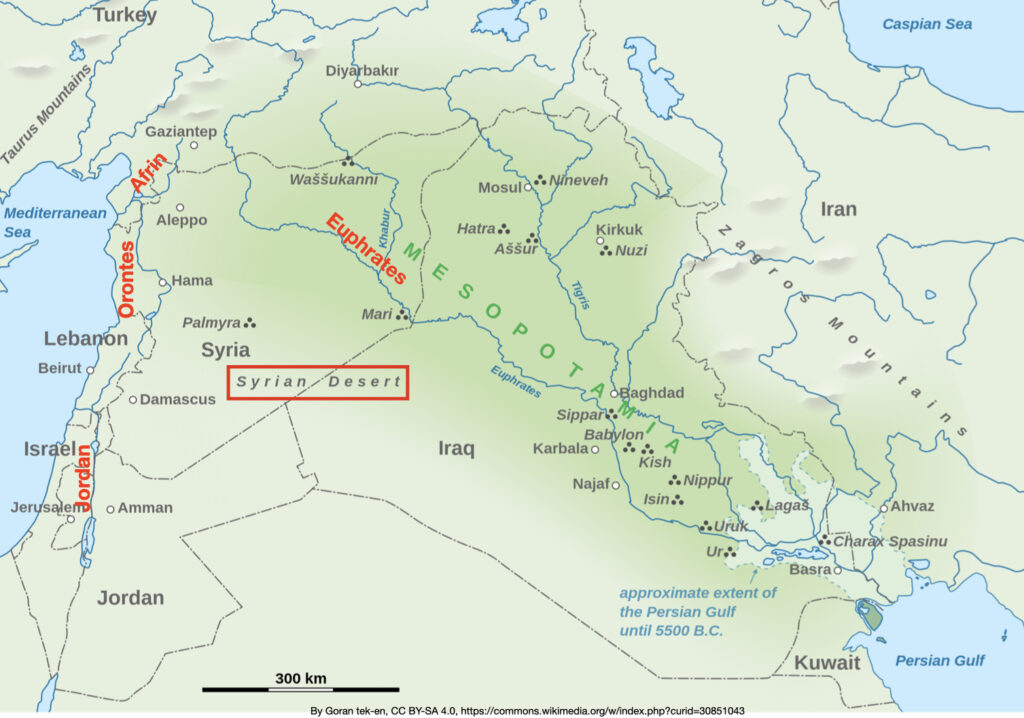
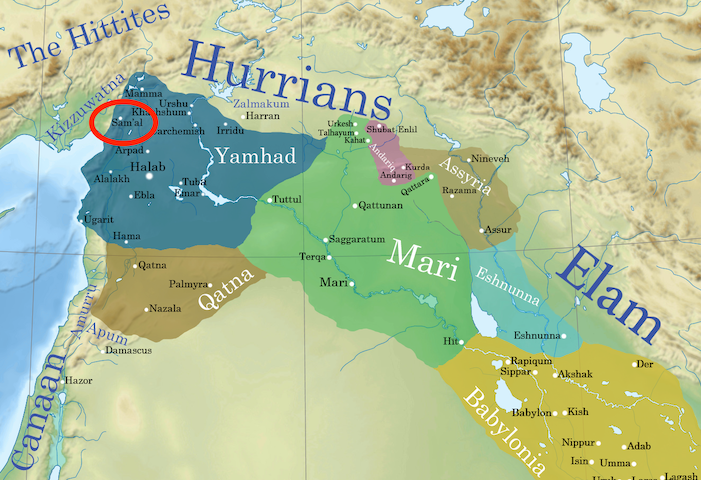
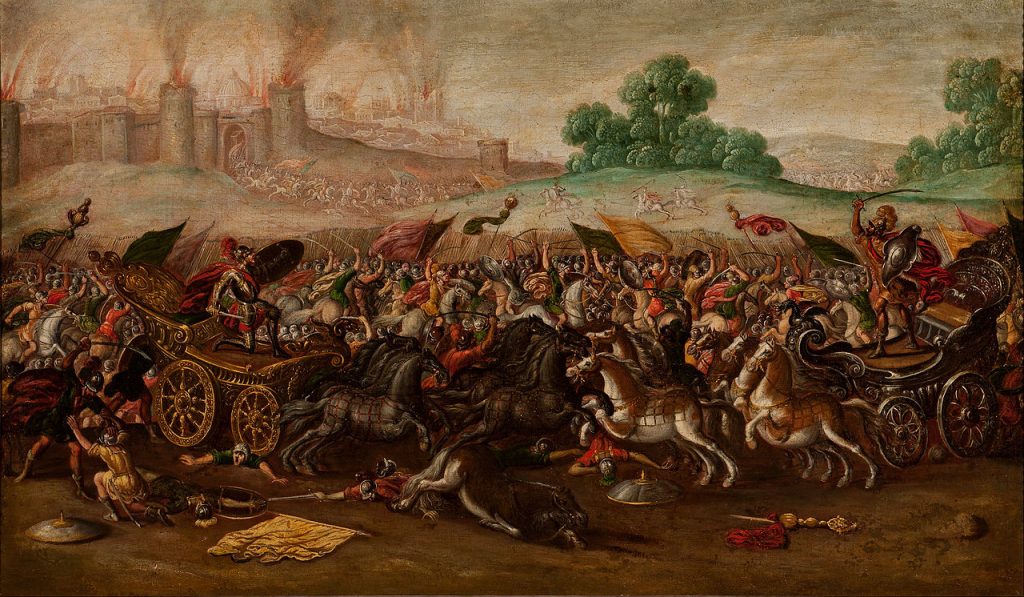



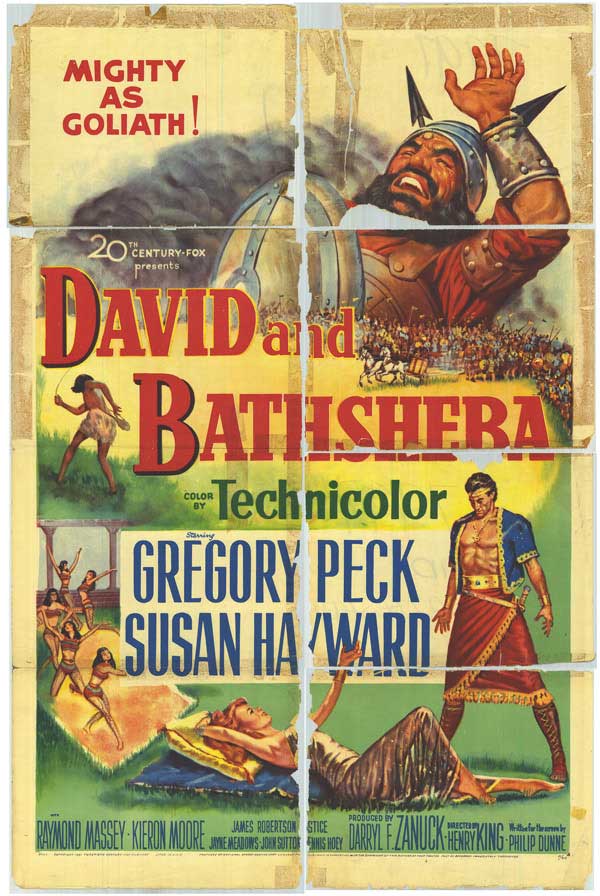

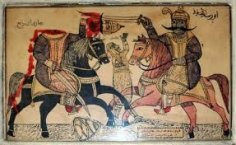


 John Van Seters
John Van Seters
